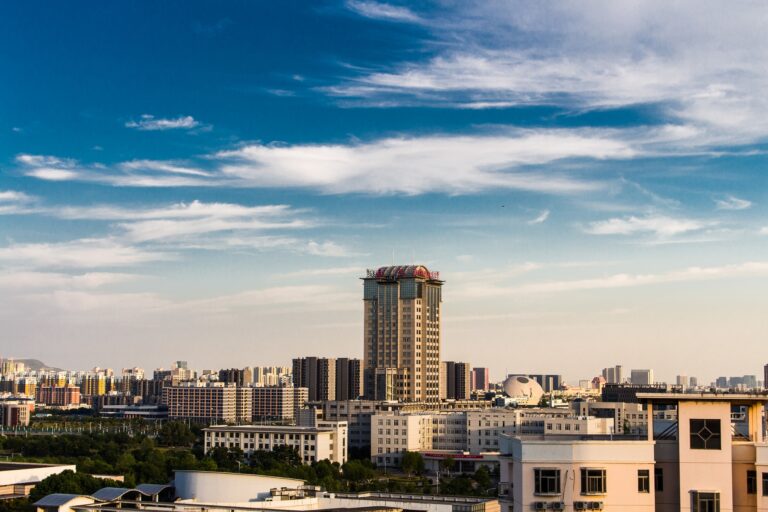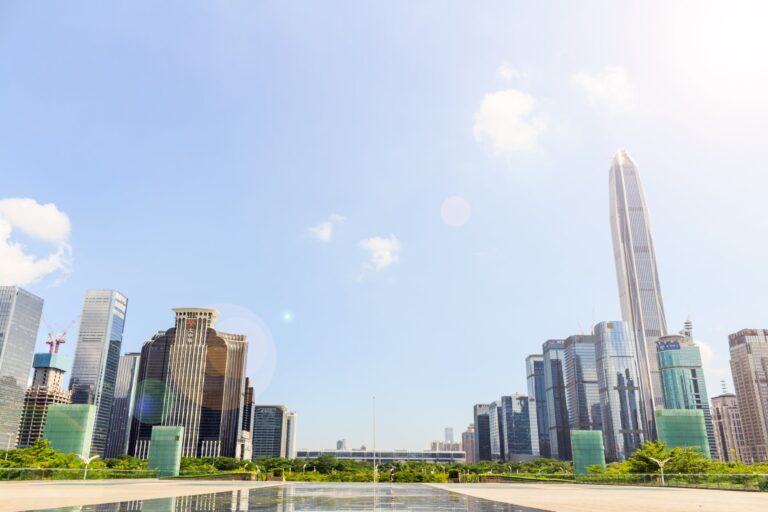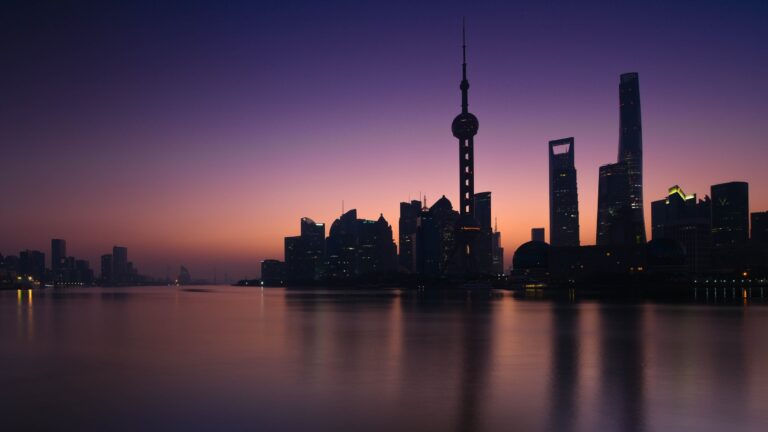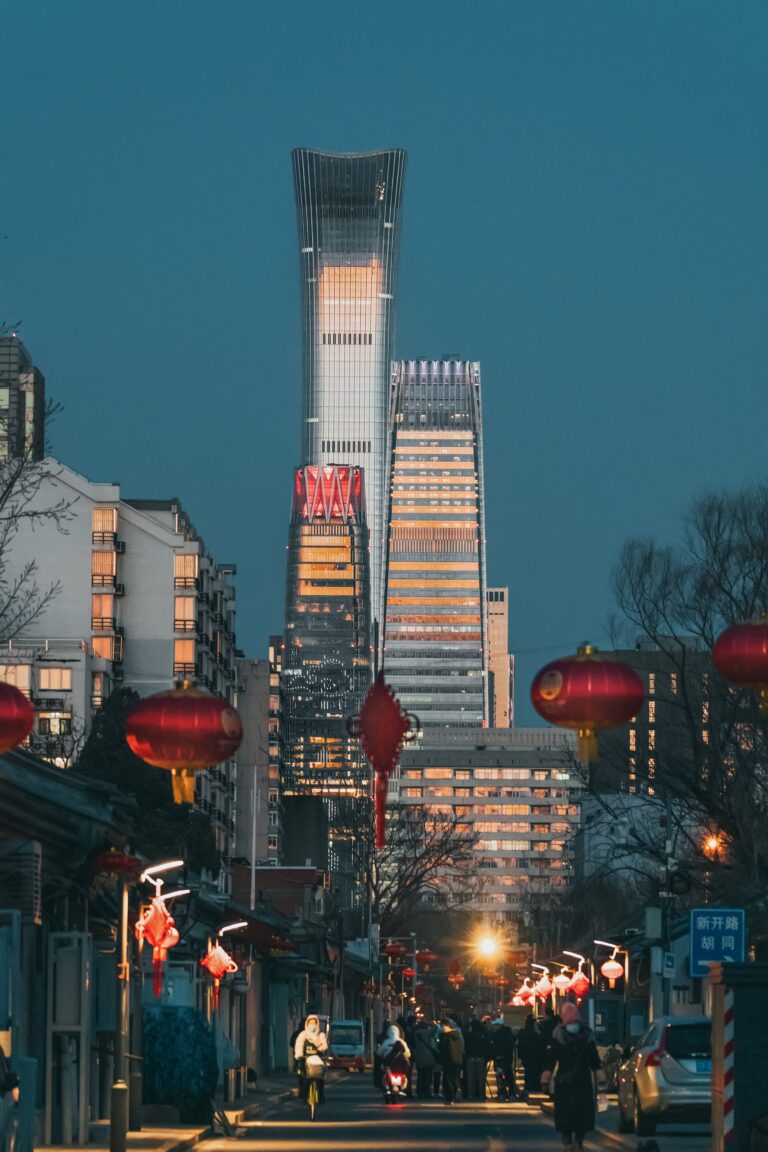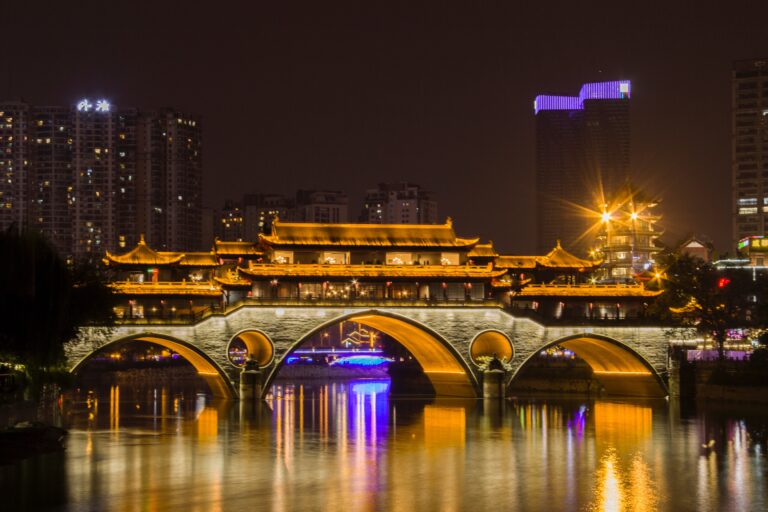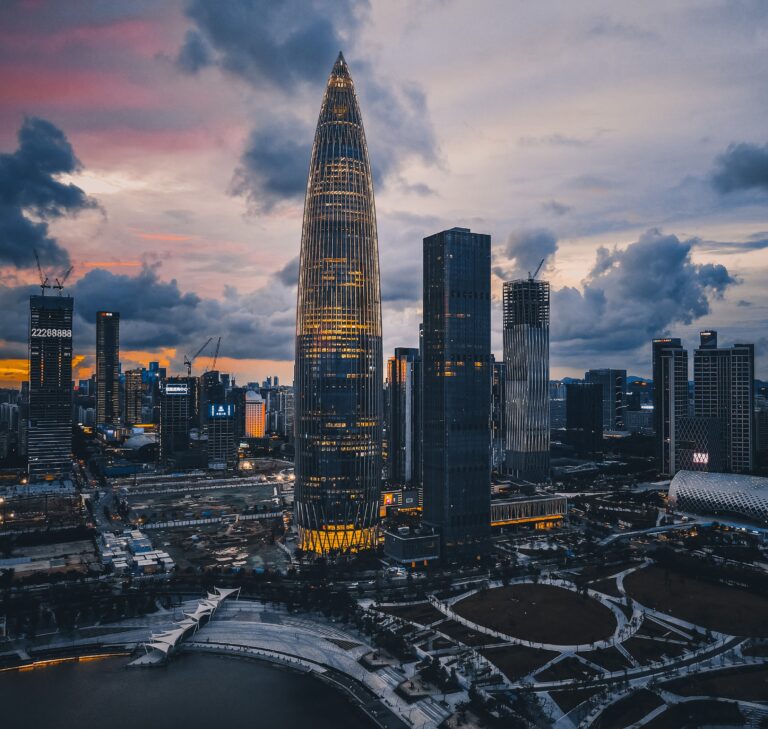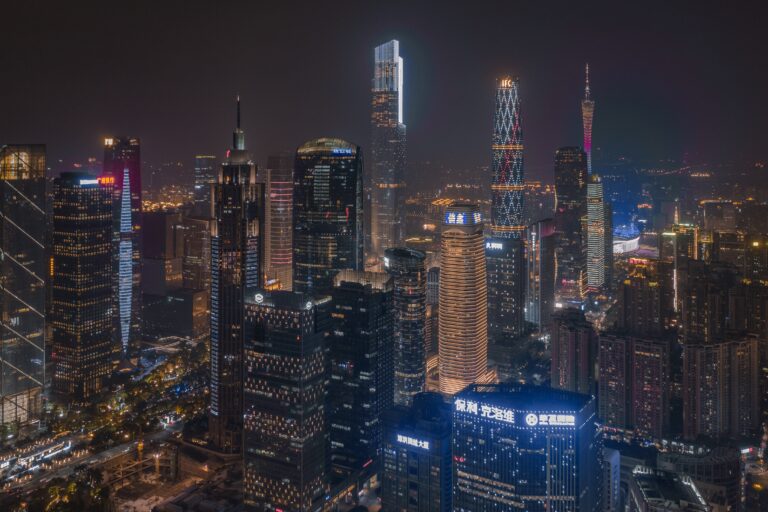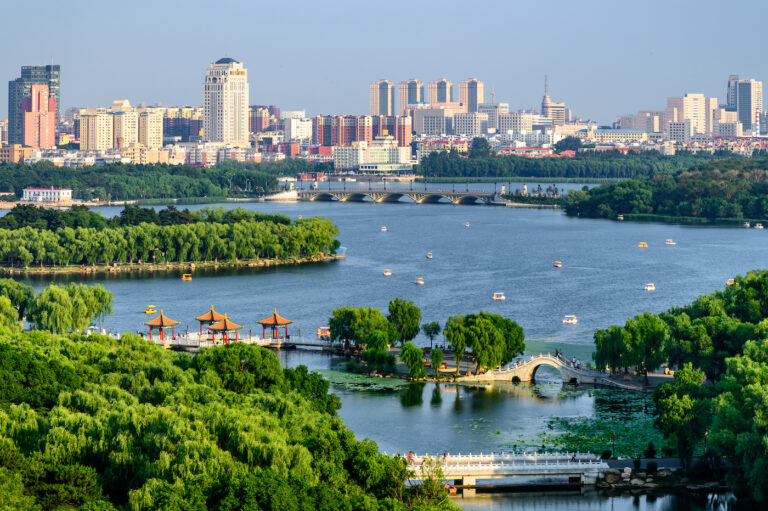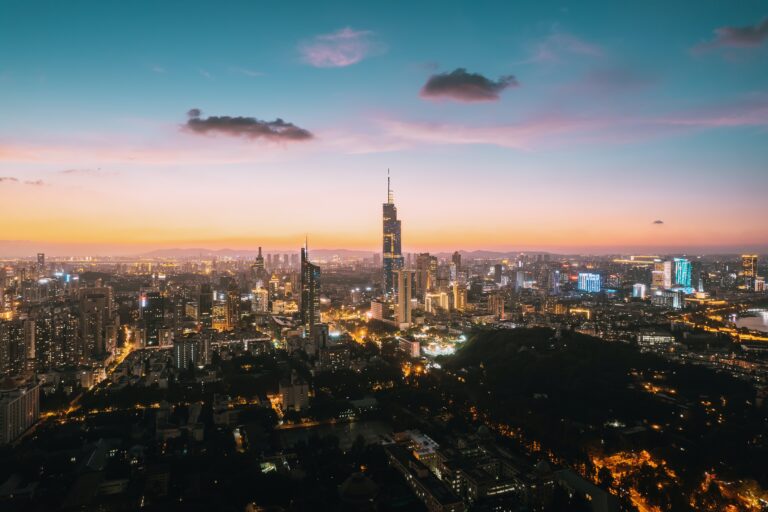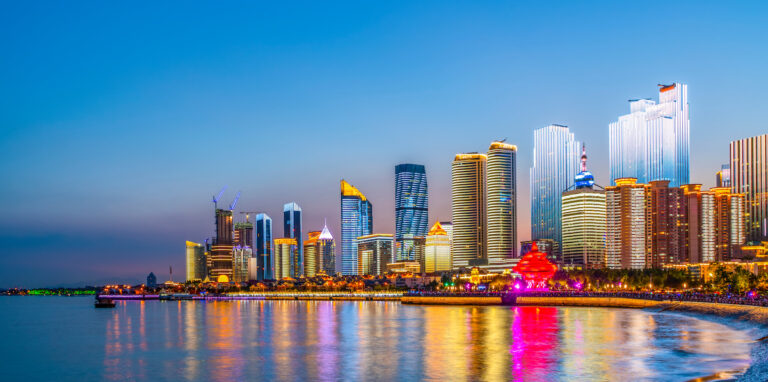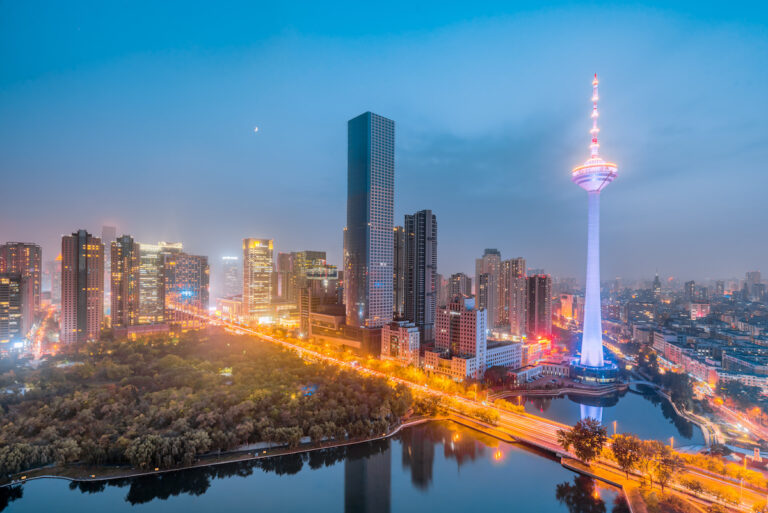Yang Mingdao is the collective pseudonym for Chinese staff within China Partnership.
I became a Christian through an international mission organization and grew spiritually in a traditional Chinese house church. Coming from this background, when I read the Apostle’s Creed aloud on Sunday morning and say, “I believe the universal church,” a picture comes to my mind: the American church, Korean church, Singaporean church, Hong Kong and Taiwanese church, Chinese church and all the gospel believing churches in one body, the body of the universal church.
As we have seen in recent decades, the unregistered Chinese church has been blessed a lot by the universal church, engaged more with the global church network, and starting to contribute some itself to the big family of faith. As we contemplate the five-hundred-year anniversary of the Reformation, I am reminded that the connection and fellowship of churches can not only break through our geographical barriers, but can also cross the barriers of time. We can learn a lot from the Reformers, because we believe in the same God who created both the space and time.
As a current seminary student and as a minister of the unregistered Chinese church, here are three things I think we can learn from the Reformers.
1. Preaching
I am not saying that house church ministers do not preach. In my personal experience with the church since late 90s, I have listened to countless impressive testimonies and topical sermons which cover most moral and ethical subjects supported by a collection of Bible verses. But I have heard very little expositional preaching. Even as a committed church member, I did not know what topic, story, or scripture I was going to hear explained until the preacher stood up in the pulpit and started to preach. There was no way to prepare myself for the sermon beforehand.
In studying some of the Reformers, such as Luther, Calvin, Zwingli, etc., I have noticed that all of them as preachers focused their congregations on God’s word as much as possible. As a change from the Catholic tradition, the Reformers preached on scripture continuously, book by book, without missing even one verse. When Calvin returned to Geneva from his three-year exile, he resumed his sermon series exactly where he had stopped before his departure. Instead of preaching on particular topics or collective texts based on the church calendar of the Catholic tradition, the Reformers practiced “scripture alone” through expository preaching of scripture.
In the past three to four years, more and more Chinese ministers have started practicing expository preaching week after week. The consequences have been remarkable and encouraging: congregations engage more with worship because they can anticipate the passage that will be preached the coming Sunday; people see the beauty of scripture and the gospel, which is God’s story instead of people’s stories; Christians know how to read their Bibles by themselves through what they have seen demonstrated from the pulpit; and conversions happen on Sundays, because the Holy Spirit works when God’s word is clearly preached.
2. Writing
We have few works originating from Chinese church leaders. There are some possible reasons – persecution, lack of a reading culture, busy ministry, low education, etc. Yet we can see an enormous benefit from the pastors who wrote during the Reformation. We know about the Reformers through their numerous writings.
Never miss a story
First, writing can shape the ideas of the pastor himself.
Second, writing magnifies the influence of the teaching in a local church.
Third, just as we now learn so much from the Reformers, writing is a way to pass on a pastor’s ideas, which can be a treasure for younger generations.
The Reformer’s writings varied widely – devotions, letters, commentaries, theology, etc. Many Chinese church leaders write their own devotions and some write letters to their congregations. I would also like to encourage Chinese pastors to think about writing commentaries. Luther’s Commentary on Galatians not only helped me understanding the book of Galatians, but also allowed me to interact with the person of Luther in his time. When I read it, I can feel his anger at the Catholic church, passion for the gospel, and excitement at rediscovering the doctrine of justification by faith. A writing pastor is a pastor who can communicate with the saints of later generations. The church of the next one hundred years can learn from us and our generation through our writing – if we do it. Isn’t that exciting?
3. Respect for tradition
As the increasing number of traditional house churches embraces reformed theology, tastes the sweetness of the doctrine of grace, and is freed from pietism, moralism, and legalism, it is easy for them to overstep the mark and give up some Biblical and healthy traditions. Some churches may even swing to the side of nominalism. When we look at the Reformers, they did not abandon everything from the Catholic church to start a new religion. Even Calvin maintained some monastic practices in Geneva, such as the daily office, meditation on scripture, and more. The Chinese church has a very rich heritage of pietism and rather than forsake this heritage, which can help people grow in Christ, we should learn from the Reformers, examing our motivations and renew the pietistic tradition inside out.
The Reformation is like a huge mine in which we can dig and from which we can learn. Because of the idea “semper reformanda” (always reforming), the Chinese church can not only learn from it, but it can also be part of it!









